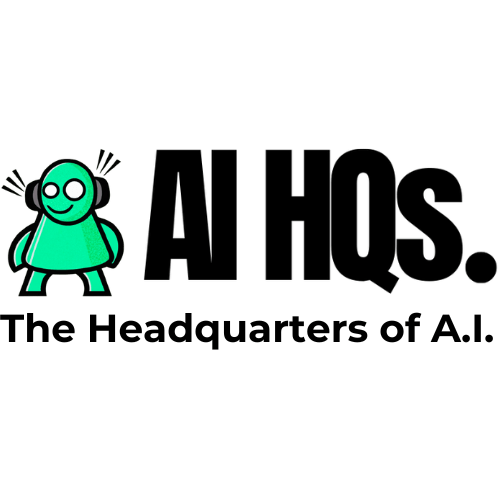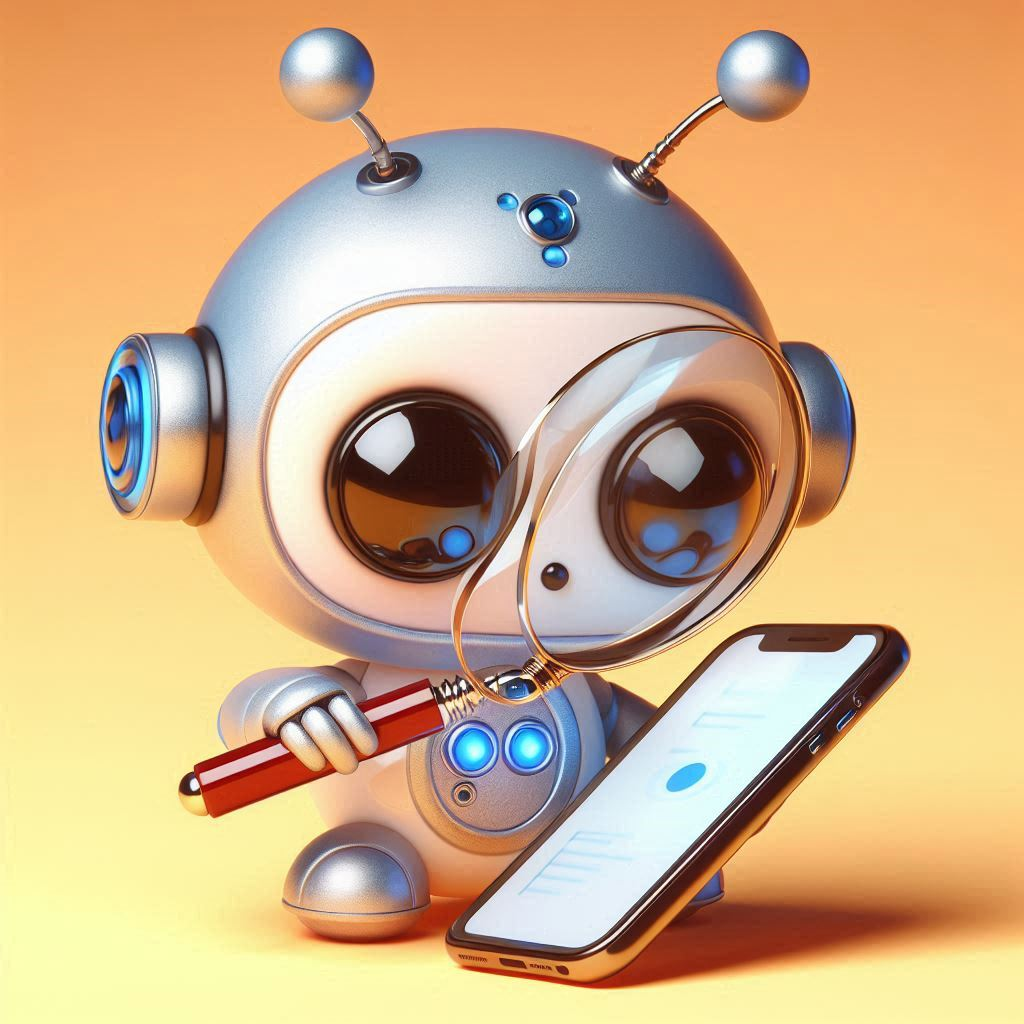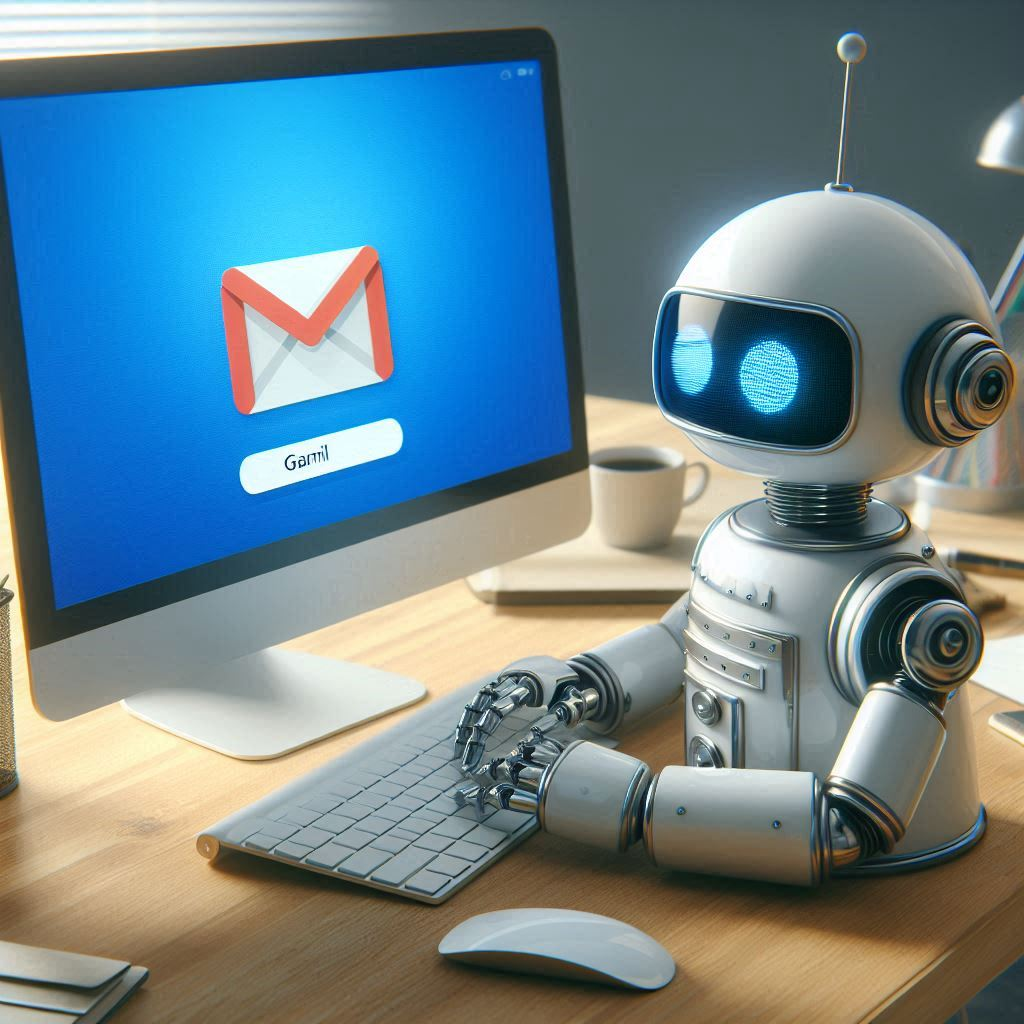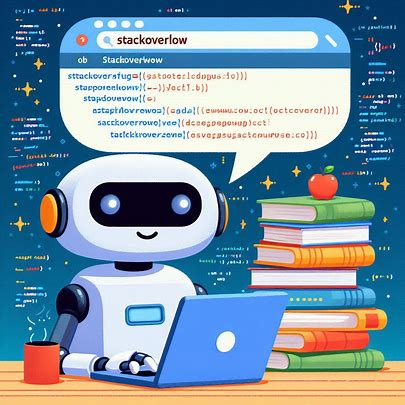OpenAI Chief Scientist Resigns
On Tuesday evening, OpenAI Chief Scientist Ilya Sutskever announced his departure from the company he co-founded, marking a significant shift in the AI landscape. Sutskever, who had been with OpenAI since its inception in 2015, is leaving six months after his involvement in a board coup that temporarily ousted CEO Sam Altman. Alongside him, Jan Leike, a fellow member of Sutskever’s Super Alignment team, is also resigning.
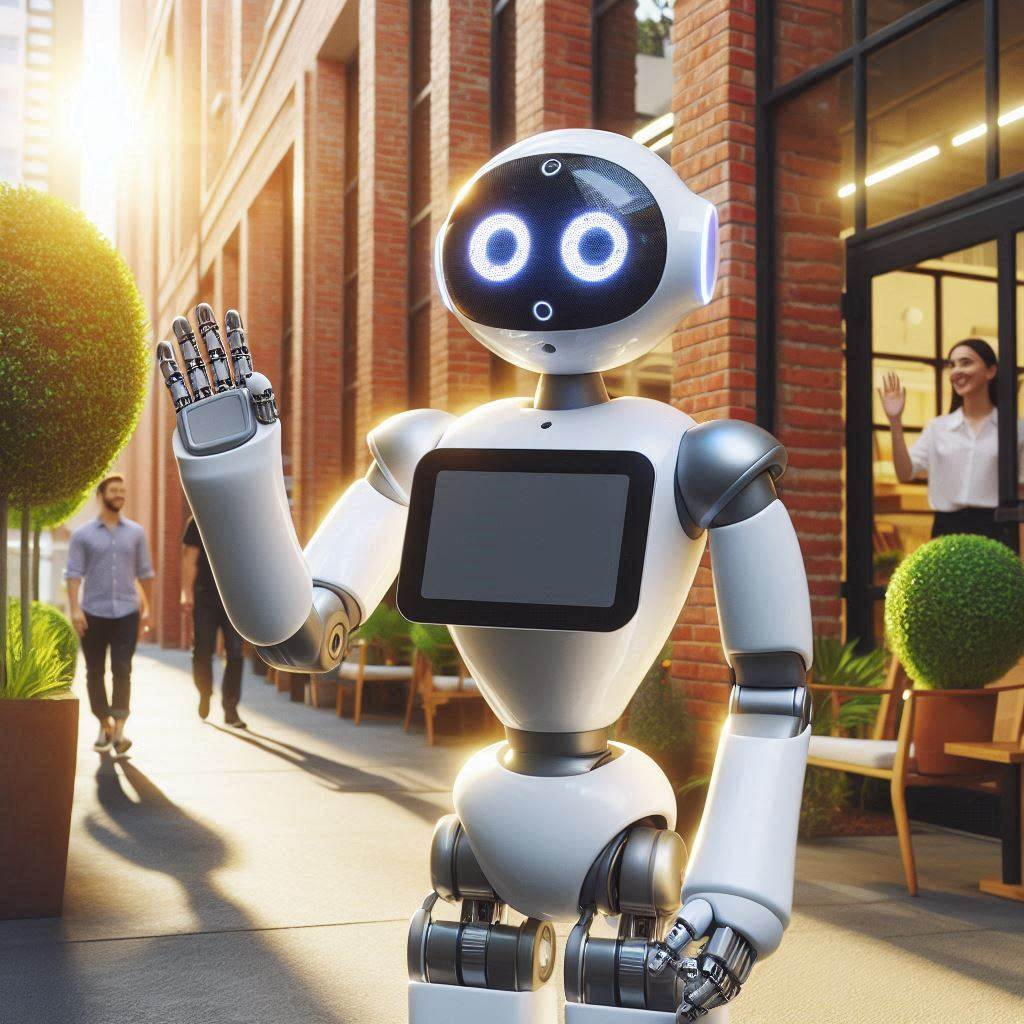
Sutskever’s exit is notable given his central role in OpenAI’s development and its numerous technical breakthroughs. His departure tweet reflected on the company’s “miraculous” trajectory and expressed confidence in its continued success under the leadership of Altman, Greg Brockman, Mira Murati, and new Chief Scientist Jakub Pachocki. Sutskever expressed gratitude for his time at OpenAI, calling it an “honour and a privilege” to have worked there.
The news of Sutskever’s resignation stirred memories of the dramatic events of the previous November when Sutskever played a pivotal role in the surprise firing of CEO Sam Altman. The firing was primarily driven by a power struggle within the board, particularly between Altman and former board member Helen Toner, with Sutskever siding with Toner. The decision, which Sutskever personally communicated to Altman, led to significant internal upheaval and temporary uncertainty about OpenAI’s future.
However, Sutskever soon regretted his involvement in Altman’s dismissal and joined 700 OpenAI employees in signing an open letter demanding Altman’s reinstatement, which eventually occurred. This incident left lingering tensions within the company and led to speculation about Sutskever’s future at OpenAI. Despite any unresolved issues, Altman consistently spoke highly of Sutskever, describing him as one of the greatest minds of his generation and a dear friend. This sentiment was echoed in Altman’s tweet following the resignation announcement, highlighting Sutskever’s brilliance, vision, warmth, and compassion.
Greg Brockman, OpenAI’s president, also shared his appreciation for Sutskever, noting their close professional and personal relationship. Sutskever had even officiated at Brockman’s civil ceremony in 2019, underscoring the deep personal connections within the company’s leadership.
To fill Sutskever’s role, OpenAI appointed Jakub Pachocki as the new Chief Scientist. Pachocki, who previously served as the director of research, played a key role in developing GPT-4 and has been a significant figure in OpenAI’s most important projects. Altman expressed confidence in Pachocki’s ability to lead OpenAI towards achieving its mission of ensuring that artificial general intelligence (AGI) benefits everyone.
The context of Sutskever’s resignation cannot be fully understood without revisiting the events surrounding Altman’s firing. On a surprising Friday, OpenAI announced Altman’s departure and the resignation of several senior scientists, including President Greg Brockman. This decision shocked key stakeholders, including Microsoft CEO Satya Nadella. Reports indicated that the ousting was orchestrated by Sutskever due to concerns about the safety and pace of OpenAI’s technology deployment.
Sutskever explained to employees that the board’s decision was aligned with the nonprofit’s mission to develop AGI that benefits all humanity. The internal conflict appeared to stem from differing opinions on the speed of commercialization and growth, with Altman pushing for rapid progress and Sutskever advocating for a more cautious approach. This cultural and strategic schism reached a tipping point at OpenAI’s Dev Day event, where Altman’s keynote presentation emphasised consumer-facing products, which some insiders viewed as pushing too far, too fast.
Altman and Brockman expressed their shock and sadness over the board’s actions, and the AI community reacted with surprise and concern. Angel investor Ron Conway compared the situation to the 1985 ousting of Steve Jobs from Apple, highlighting the gravity of the internal turmoil. The board’s statement cited a lack of candid communication from Altman as the reason for his dismissal, although many believed it was a power struggle within the organisation.
The fallout from Altman’s firing included the resignation of three AI researchers loyal to him, further destabilising the company. Rumours suggested that recent breakthroughs at OpenAI, which Sutskever’s Super Alignment team was involved in, might have intensified internal conflicts. Altman’s public remarks about pushing the frontier of AI discovery and developing GPT-5 added to the speculation.
Despite the upheaval, some within OpenAI remained optimistic about the future. Engineering manager Evan Morikawa emphasised the strength and unity of the company’s research and engineering teams, expressing confidence in their ability to continue advancing the company’s mission.
An internal memo from OpenAI COO Brad Lightcap attempted to provide clarity and reassurance to employees. Lightcap emphasised that the board’s decision was not related to malfeasance or financial issues but was a result of communication breakdowns. He encouraged staff to focus on the company’s mission and expressed support for interim CEO Mira Murati.
As the dust settles, OpenAI faces the challenge of moving forward amidst significant leadership changes and internal tensions. The appointment of Jakub Pachocki as Chief Scientist marks a new chapter for the company, one that will be closely watched by the AI community and stakeholders alike. Sutskever’s next move remains a mystery, though he hinted at a personally meaningful project that he plans to pursue.
In the wake of these events, OpenAI’s commitment to developing safe and beneficial AGI remains a central focus. The company’s ability to navigate internal conflicts and maintain its trajectory will be crucial in determining its future impact on the field of artificial intelligence and beyond.
OpenAI’s journey has been marked by rapid innovation and significant achievements, making it a leader in the AI field. Its development of transformative technologies like GPT-3 and GPT-4 has set high standards and generated both excitement and concern about the implications of advanced AI. The recent leadership changes underscore the delicate balance between innovation, safety, and ethical considerations that the company must navigate.
The internal conflicts that led to Altman’s firing and subsequent reinstatement, as well as Sutskever’s departure, highlight the intense pressures and differing philosophies within the organisation. These events have revealed the complexities of managing a mission-driven tech company that operates at the cutting edge of AI research. The balance between accelerating technological advancements and ensuring their safe deployment remains a core challenge for OpenAI.
OpenAI’s dual structure—a for-profit arm controlled by a nonprofit board—adds another layer of complexity to its operations. This structure is intended to align the company’s commercial success with its overarching mission to benefit humanity, but it also creates potential friction points, as seen in the power struggles and strategic disagreements. How OpenAI navigates these internal dynamics will be crucial in maintaining its leadership and credibility in the AI field.
Looking ahead, the success of OpenAI will depend on its ability to foster a cohesive and collaborative internal culture, maintain transparency with stakeholders, and continue to prioritise ethical considerations in its pursuit of AGI. The appointment of Jakub Pachocki as Chief Scientist is a strategic move aimed at ensuring continuity and stability in the company’s research endeavours. Pachocki’s track record and experience with key projects like GPT-4 position him well to lead OpenAI’s research efforts and uphold its commitment to safety and ethical AI development.
Moreover, OpenAI’s leadership team, including CEO Sam Altman, President Greg Brockman, and interim CEO Mira Murati, will need to work closely to heal any remaining rifts and build a unified vision for the future. Their ability to do so will be instrumental in navigating the company through this transitional period and ensuring that OpenAI remains at the forefront of AI innovation.
Sutskever’s departure, while significant, does not overshadow the collective talent and expertise within OpenAI. The company’s future success will be driven by the many dedicated researchers, engineers, and visionaries who contribute to its mission. As the AI landscape continues to evolve, OpenAI’s role in shaping the future of artificial intelligence will depend on its ability to balance rapid innovation with thoughtful, ethical considerations.
In conclusion, OpenAI stands at a pivotal moment in its history. The recent leadership changes, including Ilya Sutskever’s resignation and the appointment of Jakub Pachocki as Chief Scientist, signify both challenges and opportunities. The company’s commitment to developing AGI that benefits humanity remains steadfast, but achieving this goal will require careful navigation of internal dynamics, strategic alignment, and continued focus on ethical AI development. As OpenAI moves forward, the AI community and the world at large will be watching closely, hopeful that the organisation can fulfil its mission and continue to drive positive advancements in artificial intelligence.
for all my daily news and tips on AI, Emerging technologies at the intersection of humans, just sign up for my FREE newsletter at www.robotpigeon.be
